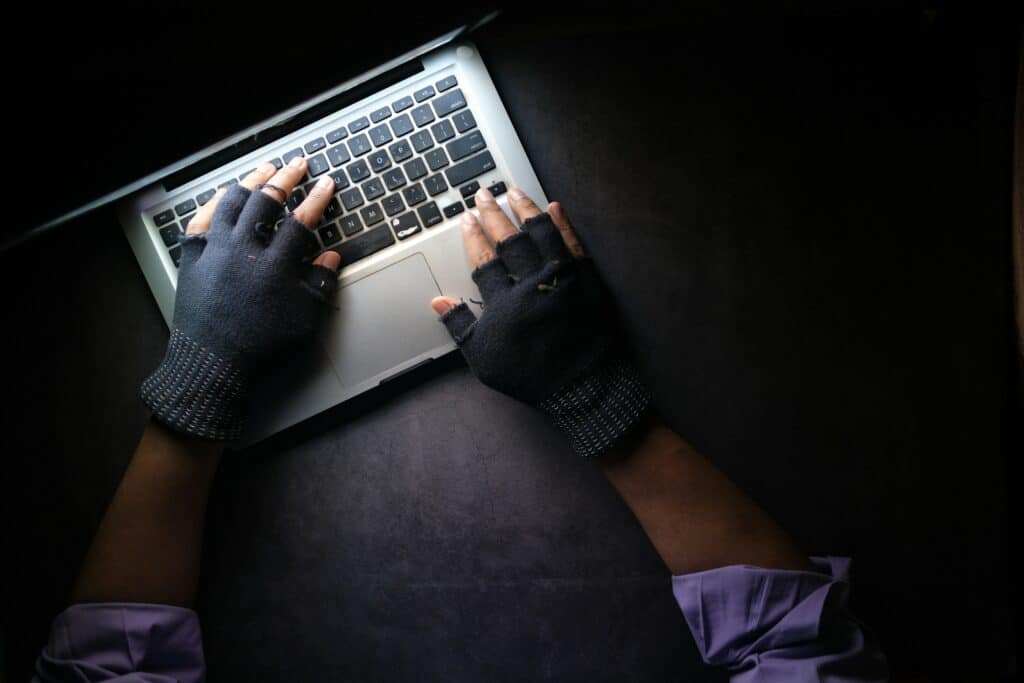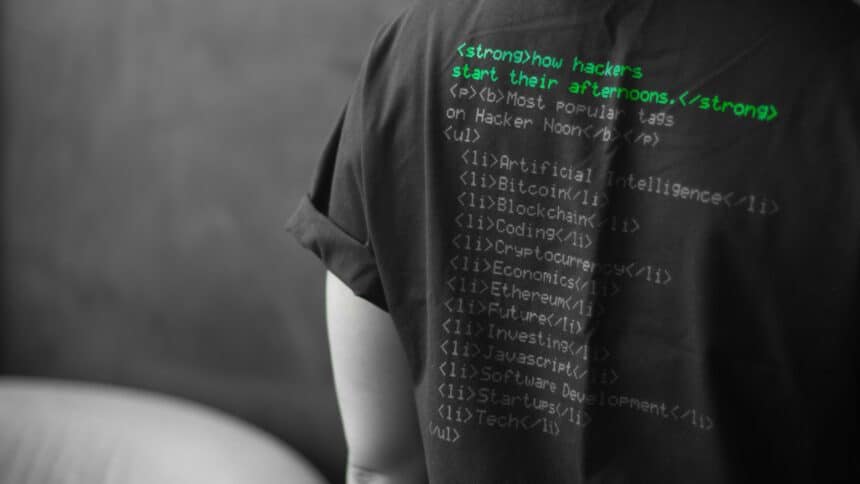Blockchain investigator ZachXBT has reported that the individual responsible for taking funds from the Scroll-supported lending protocol, Rho Markets, is prepared to return all of the stolen assets. Was the Rho security breach really an accident?
Attacker’s Commitment to Return Funds
The attacker has reportedly issued an on-chain message expressing their intention to return the full amount of funds taken. They clarified that their actions did not involve an exploit or a hack. Instead, they described the incident as a result of a configuration error. ZachXBT observed that the attacker appeared to operate as either a grey or white hat, suggesting that recovery of the funds is plausible.
This indicates that the attacker may have acted with the intent to expose a vulnerability rather than to cause harm. Furthermore, ZachXBT noted that the attacker has significant visibility on centralized exchanges, which could facilitate the return of the funds. This exposure may also increase the likelihood of recovery, given the potential for greater scrutiny and tracking. The combination of the attacker’s stated intentions and their visibility on exchanges presents a hopeful outlook for the resolution of this incident.
Following the incident, the attacker sent an on-chain message to Rho Markets.
“Good news, everyone, the exploiter sent this message on-chain,” ZachXBT tweeted on July 19, 2024. The message stated:
“Our MEV bot has profited from a configuration error in Rho Markets’ price oracle. We understand these funds belong to users and are willing to return them in full. However, we first want you to acknowledge that this was not an exploit or hack but a configuration mistake on your part. Additionally, please inform us of the measures you will take to prevent such incidents in the future,” they wrote.

Rho Markets’ Response and Platform Pause
Earlier on the same day, blockchain security firm Cyvers Alerts allegedly reported that Rho Markets experienced a significant attack affecting its USDC and USDT pools. The attacker exploited a vulnerability in the system, allowing them to move $7.6 million in user funds across multiple blockchain networks. This unauthorized transfer involved moving assets through various chains, which complicated the recovery efforts and increased the overall impact of the Rho security breach.
The scale and sophistication of the Rho security breach showed the severity of the issue, prompting an immediate response from Rho Markets. The incident highlighted critical security concerns and emphasized the need for robust measures to protect against such vulnerabilities. The investigation into the attack continues as efforts are made to understand the full extent of the breach and to prevent future occurrences.
Both Rho Markets and Scroll, an Ethereum Layer 2 protocol, confirmed the occurrence of the attack, noting “unusual activity.” As investigations were underway, Rho Markets announced a temporary suspension of their platform.
“The platform functions will be enabled again once everything returns to normal. Thank you for your understanding and patience,” Rho Markets stated.
Takeaway from the Rho Security Breach
Rho security breach, which led to the transfer of $7.6 million in user funds, reinforces significant security challenges within blockchain protocols. The attacker’s claim of exploiting a configuration error rather than a deliberate exploit introduces complexity to the situation. This distinction, coupled with ZachXBT’s observation that the attacker might be a grey or white hat, suggests a less malicious intent, which could aid in fund recovery.

Rho Markets’ decision to pause operations points out a critical response to safeguard assets and address vulnerabilities. The investigation aims to understand the breach’s full extent and implement necessary security improvements.
In addition, the incident emphasizes the need for robust security measures and vigilant monitoring in the blockchain space. It also reflects the broader challenges faced by financial protocols in maintaining security and trust, providing valuable lessons for future prevention and response strategies.





























